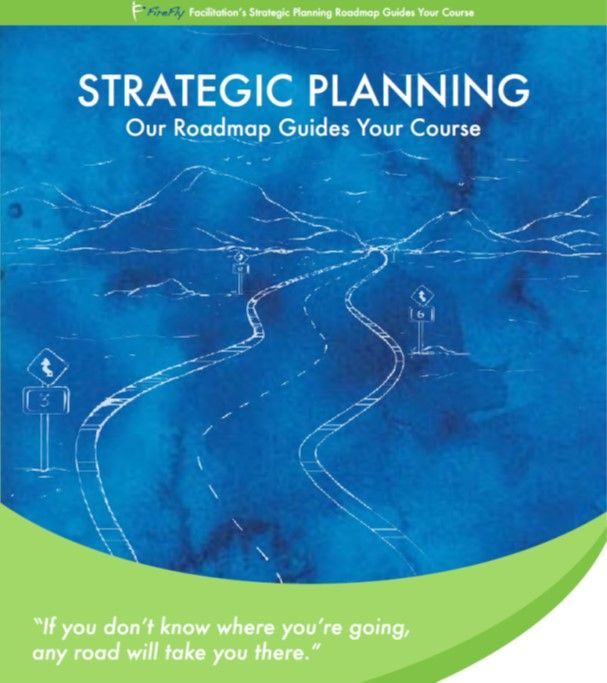Team Building Field Trips - What a Zoo!
What can we learn from analogous situations, like the team that cares for the animals at a zoo?
In our last post, we talked about a team building exercise that took place in a large division of a Fortune 500 consumer products company. Participants were divided into cross functional groups, with each assigned to visit a different setting to observe how unique teams function. One team went to a jazz club, another to an emergency room, another to a fire station, and the last team went to the San Francisco zoo.
The challenge was to go and observe how the team worked together, and to observe aspects such as how each member fulfilled their individual roles, how they collaborated to get the work done, how they prioritized the work, and what could be applied to the teams. We’ve already discussed the jazz team’s findings, but what of the other teams?
The firehouse team spent a lot of time preparing for emergencies. Close quarters and constant contact 24/7 for days at a time; these conditions demanded that everyone get over small petty conflicts. In fact, their lives depended on it.
And what about the emergency room? Their work was the embodiment of seamless integration. Everyone clearly knew their role and how it contributed to the greater good—saving the patient. Crisis caused complete collaboration.
Those who made the trip to the zoo learned that there was a clear, twofold sense of mission. They needed to please the crowds—letting them get as close to the animals as possible—while also protecting the animals (many of which were endangered) and the humans from each other.
You can’t always give the customer what they want exactly the way they want it, but this perceived limitation had actually sparked real creativity in the way the barriers were designed. These team members had a thorough and intimate knowledge of their "product’s" capabilities and their customers’ needs. They had to communicate continually and clearly—how the animals were behaving, if there were any signs of disease or distress, when to call in experts, and so on.
Aside from the actual lessons that could potentially apply to their real teams back on the job, it was a wonderful way for new employees to get excited about the drive for creativity and collaboration that was apparent in this company. There were a few other field trips that had a similar impact, and we’ll discuss them in our next post.






